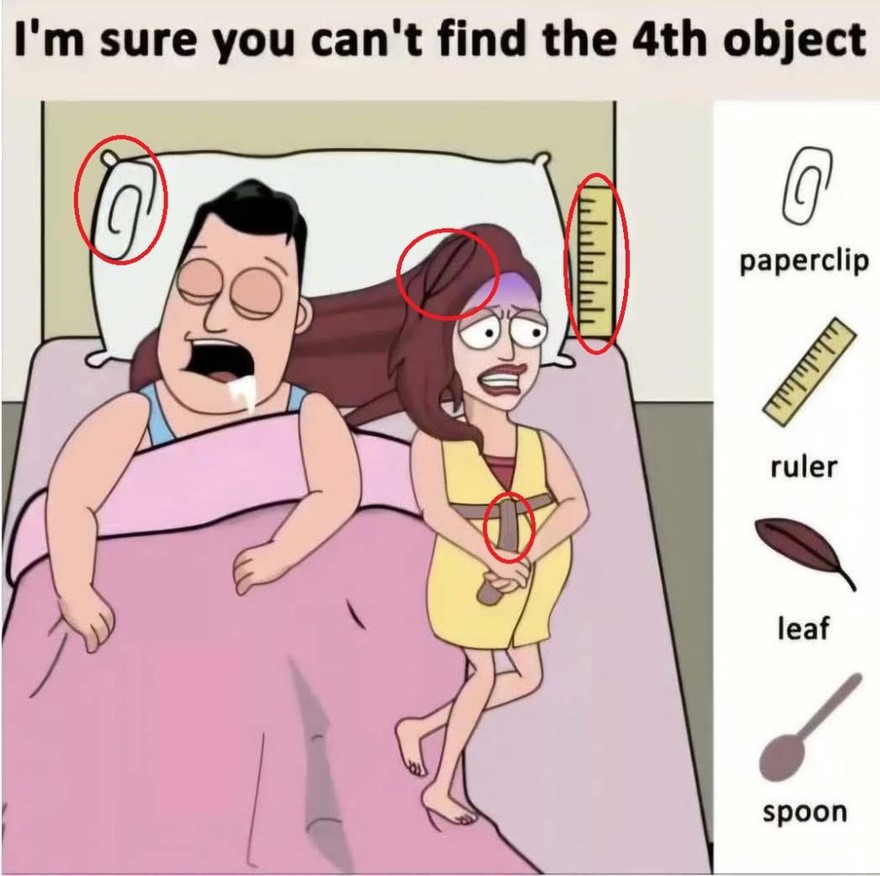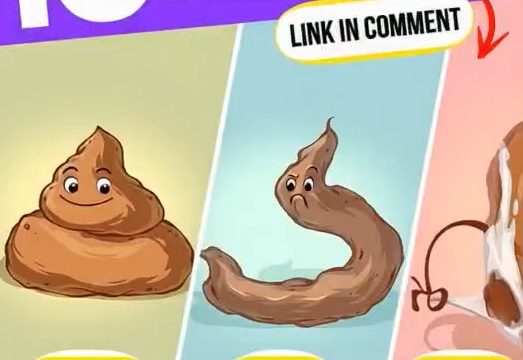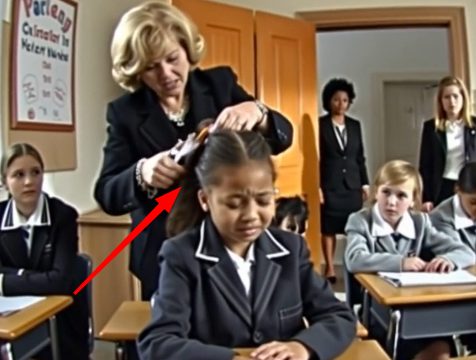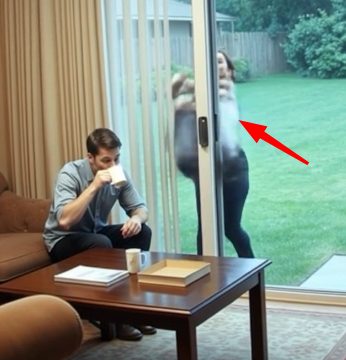Puzzles have always been a fun and challenging way to keep our brains sharp. But every now and then, one comes along that doesn’t just test your observation skills—it completely messes with your expectations. That’s exactly what’s happening with a new viral puzzle making the rounds online. It’s simple in theory: just find four hidden objects in a seemingly ordinary image. But as countless people have discovered, it’s not as easy as it sounds—especially when it comes to spotting that final object.

So, what’s the challenge all about? The scene is pretty straightforward at first glance: a man is sleeping peacefully, and a woman sits next to him, looking puzzled. Somewhere in this image, four items are hidden—a paperclip, a ruler, a leaf, and a spoon. Sounds doable, right? Most people breeze through the first three. But that fourth object, the spoon, is driving viewers crazy.
Let’s break this brain teaser down and see where things go from puzzling to downright mind-boggling.
Spotting the First Three Objects
The key to cracking this challenge is to go step-by-step. The first three items are relatively easy to find, and starting with them builds some much-needed confidence.
1. The Paperclip
Paperclips are simple, small, and pretty recognizable. In most puzzles, they’re either clipped to paper or sitting on a desk. In this image, the paperclip is tucked into the scene just enough to make you pause, but not so hidden that you’ll miss it for long. A careful sweep of the area usually reveals it quickly.
2. The Ruler
This one is another classic item that stands out thanks to its long, straight edges and the measurement lines along its surface. It might be leaning against something or lying flat—but once you know what to look for, your eyes can pick it out from the clutter. Within the scene, it’s placed in a way that draws attention once you begin really scanning for it.
3. The Leaf
This one throws some folks off at first, just because a leaf feels a bit out of place indoors. But the moment you stop looking for something mechanical or man-made, the organic shape of the leaf becomes easier to detect. Its texture and color often contrast with the rest of the environment, giving it away to those who look closely.
So now you’ve found three items and you’re feeling pretty good about yourself. But then comes the final challenge—and that’s where this puzzle kicks into high gear.
Video Player
Where Is the Spoon Hiding?
Here’s where things get really interesting. Unlike the other objects, the spoon isn’t just sitting in plain view. It’s not on a table, not on the floor, not peeking out from behind a book. Instead, the spoon is cleverly disguised and hidden in the one place most people don’t even think to look: in the woman’s hand.
That’s right—it’s been there the whole time. But the way she’s holding it makes it blend in with the lines of the image. It’s partially covered and positioned just subtly enough that your brain skips over it. You’re too busy scanning the background or the furniture, never imagining that the final object could be hiding in such an obvious spot.
Why This Puzzle Messes with Your Mind
The brilliance of this puzzle lies in how it plays with our expectations. Our brains have been trained to expect certain items in certain places. Spoons belong in kitchens, on tables, or next to plates—not in someone’s hand in a random puzzle. So when we don’t see it where we expect it, we assume it must be missing.
This puzzle taps into a psychological concept known as “cognitive bias.” We’re so focused on what we think we should be looking for that we completely overlook what’s actually in front of us.

The Mix of Frustration and Fun
What makes this brain teaser both maddening and hilarious is the reaction it gets once people finally find the spoon. After minutes—sometimes even hours—of searching, the realization hits: it was there the whole time. The moment is almost always followed by laughter and a facepalm. It’s like the puzzle is playing a prank on you, hiding the answer in plain sight while you overthink every square inch of the image.
In the end, this hidden object challenge isn’t just about spotting a spoon—it’s a reminder of how our minds work, how we make assumptions, and how easily we can overlook the obvious. It’s a fun exercise in patience, perspective, and yes, a little humility.
So if you’re up for the challenge, take another look. Can you find the spoon? Or will this puzzle stump you like it has so many others? Either way, it’s a great way to test your brain—and have a laugh while you’re at it.





